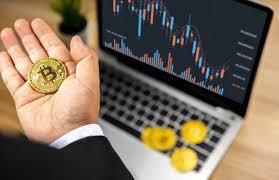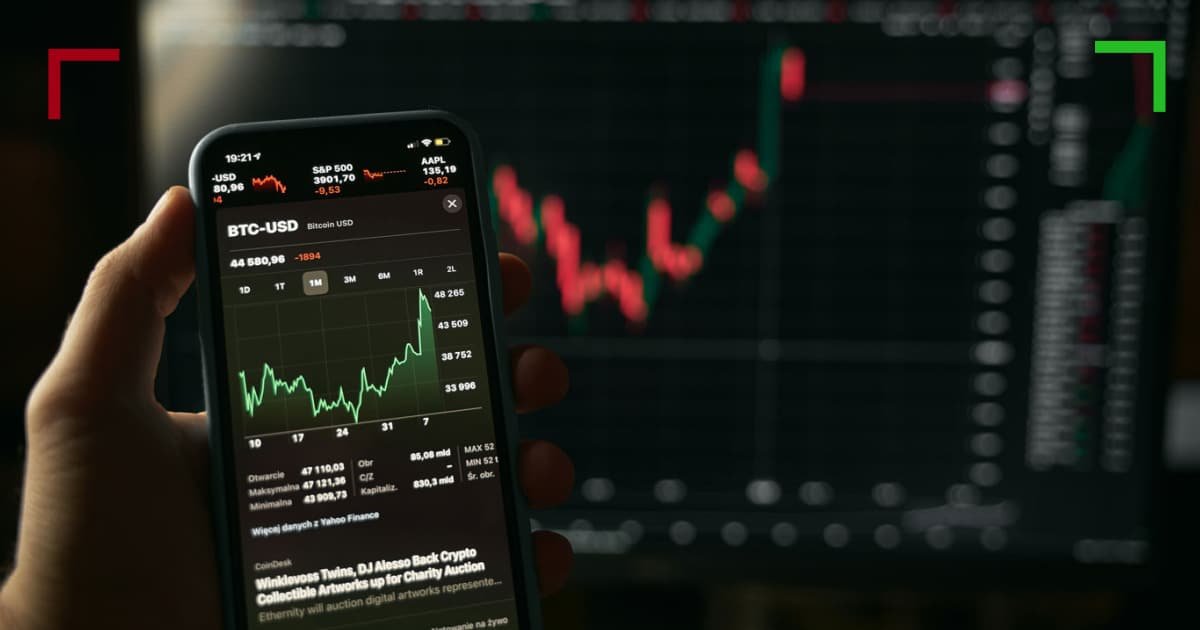
A Comprehensive Guide to Crypto Futures Trading
In recent years, the popularity of cryptocurrencies has surged, leading to the emergence of various trading strategies. One such strategy that has gained traction is Crypto Futures Trading. This article aims to unravel the intricacies of Crypto Futures Trading while highlighting essential factors traders should consider. Whether you are a newcomer or an experienced trader, understanding this trading form can enhance your portfolio significantly.
For further insights, check more resources Crypto Futures Trading https://www.newsvoir.com/index.php?option=com_search&page=2072&keyword=.
What is Crypto Futures Trading?
Crypto Futures Trading involves entering a contract to buy or sell a specific amount of a cryptocurrency at a predetermined price, with the transaction taking place at a future date. Unlike traditional purchasing, futures trading enables traders to speculate on price movements without owning the underlying asset directly. This method is particularly appealing for those looking to hedge against market fluctuations or augment their trading strategies.
Why Trade Crypto Futures?
There are numerous reasons why traders gravitate toward Crypto Futures Trading:
- Leverage: Futures contracts allow traders to use leverage, meaning they can control a larger position with a smaller amount of capital. While this increases potential profits, it equally heightens the risks.
- Short Selling: Traders can profit from falling prices by short selling. If a trader believes a cryptocurrency’s price will drop, they can enter into a futures contract to sell it at its current value, hoping to repurchase it at a lower price.
- Market Hedging: Major investors or entities with significant holdings can hedge their investments against volatility by using futures contracts, thereby stabilizing their portfolios.
- Market Expansion: Futures trading can expand the market by allowing institutional investors to enter without needing to hold the underlying assets.
The Mechanism Behind Crypto Futures
The futures market operates on the principles of supply and demand. Each futures contract states the amount of cryptocurrency to be delivered and the price at which it will be delivered at a future date. Here’s a simplified process of how it works:
- Contract Creation: Traders buy or sell contracts through a crypto exchange offering futures trading.
- Margin Requirements: To initiate a trade, traders must deposit a margin— a portion of the total contract value— into their trading account.
- Contract Expiration: Upon reaching the stipulated expiration date, the contract is settled either by cash or delivery, resulting in either profit or loss depending on the market conditions.
Risk Factors in Crypto Futures Trading

As captivating as Crypto Futures Trading may be, it’s not devoid of risks. Some key risks include:
- Market Volatility: Cryptocurrency markets are notorious for their volatility. Sudden price fluctuations can lead to significant gains as well as substantial losses.
- Leverage Risks: While leverage can amplify profits, it can equally magnify losses. A small price movement against a trader’s position can result in a margin call or complete account liquidation.
- Liquidity Risks: Some futures contracts may have lower liquidity, making it harder to execute trades at expected prices.
- Regulatory Risks: The legal landscape surrounding cryptocurrencies is still evolving. New regulations can impact futures trading conditions and market dynamics significantly.
Strategies for Successful Crypto Futures Trading
Successful trading typically follows certain strategies designed to mitigate risks and enhance profits:
- Trend Following: This strategy involves identifying and following market trends. Traders look for patterns in price movements and base their decisions on historical data.
- Arbitrage: Traders exploit price differences between different exchanges to make a profit. For instance, if a cryptocurrency is priced lower on one platform, a trader can buy it there and sell it where the price is higher.
- Swing Trading: This involves making short to medium-term trades based on price swings. Traders typically hold positions for several days to capitalize on expected price movement.
- Risk Management: Employing strategies like stop losses and take profits helps manage potential losses and secure gains.
Tools and Platforms for Crypto Futures Trading
Choosing the right platform is crucial for successful trading. Some popular platforms include Binance, BitMEX, and Kraken. These platforms provide tools necessary for effective trading:
- Charting Tools: Visual representations of data aid in understanding market trends and making informed decisions.
- API Trading: Advanced traders can automate their strategies using APIs provided by exchanges.
- Education Resources: Many platforms offer educational materials, webinars, and tutorials catering to beginner and experienced traders alike.
Conclusion
Crypto Futures Trading presents an attractive opportunity for traders willing to delve into the complexities of financial forecasting and market analysis. While the potential for significant returns exists, so do the associated risks. With the right strategies, tools, and risk management practices in place, traders can navigate this exciting landscape successfully. Always consider proper research and preparation before diving into Crypto Futures Trading, and ensure you stay updated on market trends and regulatory environments.